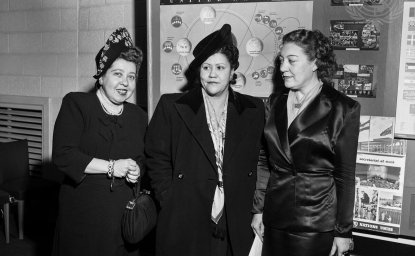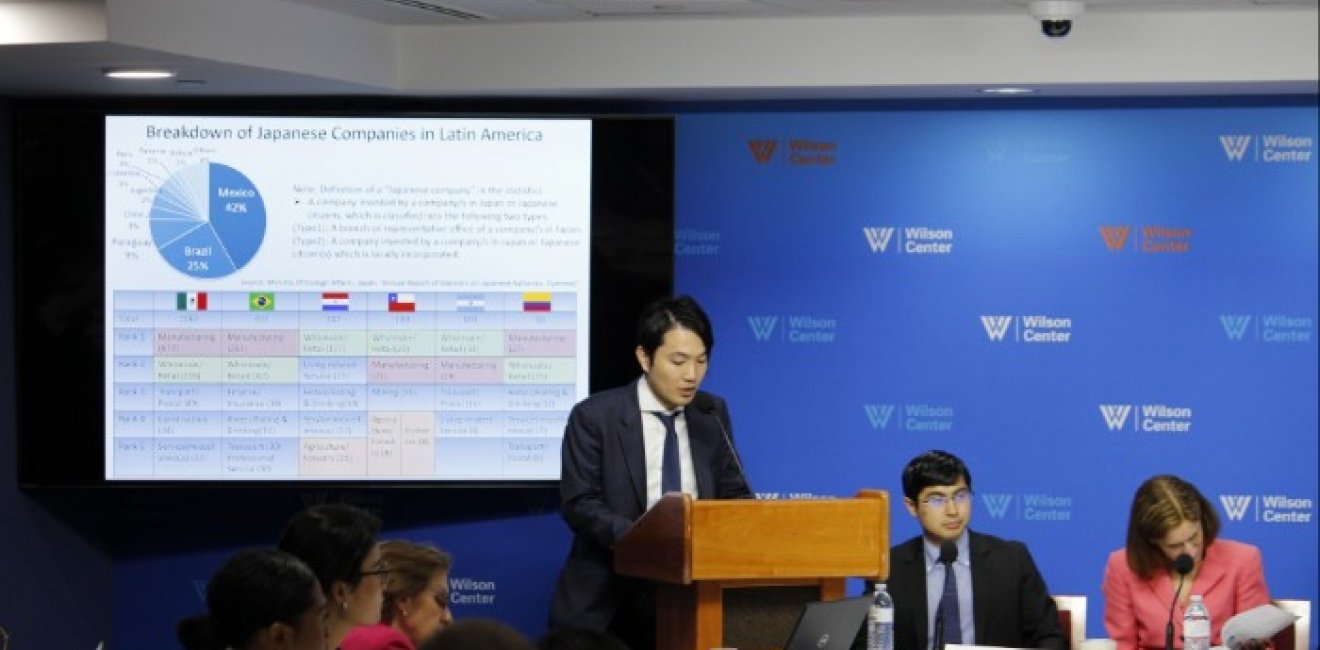
A blog of the Latin America Program
In July, The New York Times described Argentina as a Chinese beachhead in Latin America, emblematic of Beijing’s “far-reaching plan” to expand its influence across Latin America, where it has “vastly expanded trade, bailed out governments, built enormous infrastructure projects, strengthened military ties and locked up tremendous amounts of resources, hitching the fate of several countries in the region to its own.”
Setting aside the pros and cons of Argentina’s deepening China ties, one aspect of its economic diversification is puzzling: Why there is still relatively little engagement between Argentina and Asia’s second-biggest economy, Japan. Latin America accounts for just $28 billion of Japan’s $698 billion in exports, and more than 70 percent of its exports to Latin America are sold to only three countries, Mexico, Panama and Brazil. (Argentina consumes just 3 percent of Japan’s Latin America exports.) Similarly, of Japan’s $672 billion in annual imports, only $28 billion originate in Latin America, with Brazil, Chile and Mexico making up 70 percent of the region’s sales to Japan. There is also relatively little Japanese investment in the region, accounting for a mere 4 percent of total Japanese assets abroad. You get the idea.
For Argentina, it is easy to dismiss its limited engagement with Japan as a function of broader trends. Indeed, it is a regional phenomenon. As we discussed in our September 7 round table on this subject, Japanese firms have a strong preference for doing business in Asia; a lack of knowledge, and an outdated image, about Latin America; fears about security in Latin America; and a reluctance to compete against entrenched Chinese and South Korean competitors in Latin America. (A proposed Mercosur-South Korea free trade pact would further advantage Korean firms.) Moreover, Argentina might be tempted simply to sit back and wait for Japan to tackle more aggressively the Latin American market. After all, U.S. protectionism is providing new opportunities; the Japan Bank for International Cooperation is already active in Latin America; and the Japanese government is interested in offering alternatives to China’s Belt and Road Initiative worldwide.
But even so, Argentina would be starting from behind. There are 1,182 Japanese companies in Mexico, 707 in Brazil and only 100 in Argentina. As usual, a major factor is the high cost of business. In Brazil, for example, production costs for Toyota are 30 percent higher than in the United States or Japan, due to factors that would sound familiar to investors in neighboring Argentina: high labor costs, high logistics costs, high taxes and high tariffs. It is a region of “high risk, low return,” said a Toyota executive, Koji Okawa.
Cuadernosgate: Investment Kryptonite
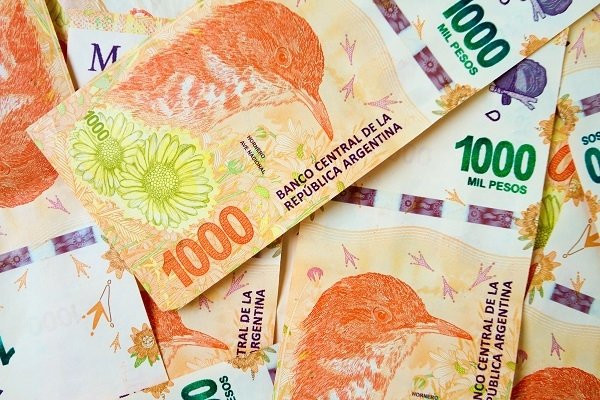
As we have noted previously, Argentina’s “notebooks” corruption scandal has so far implicated only the political opposition, so the disruptions to Argentina’s political system are not expected to match the chaos in neighboring Brazil, where the “car wash” probe has tarnished most political and economic elites. But that does not mean that systemic corruption in Argentina is not an economic drain. It is. We were reminded of that at a recent discussion at Georgetown’s law school, sponsored by the Club de la República, where cuadernosgate was portrayed as symptomatic of Argentina’s broader rule of law struggles, which have long scared off investors. Newcomers might be shocked by the “cuadernos” revelations, but others, recalling the Menem-era “Swiftgate” and arms trafficking, know that the Kirchners did not invent corruption in Argentina.
Argentina and China: Friends with benefits
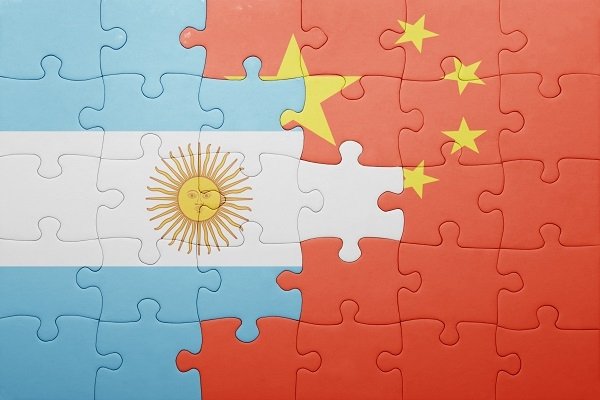
The economic and foreign policy legacies of former President Cristina Fernández de Kirchner were never totally divorced, but as Argentina grapples with a liquidity crisis, they are increasingly intersecting.
Former President Cristina Fernández de Kirchner mistrusted the United States and exhibited a general preference for empowering authoritarian actors such as Russia, Venezuela and China. That worldview helps explain her understated reaction to Vladimir Putin’s seizure of Crimea, her support for Nicolás Maduro and her provocative decision to allow the Chinese military to build a space monitoring facility in Patagonia. But under Ms. Fernández de Kirchner, Argentina’s diplomatic reorientation was also a result of her reluctance to engage with the international financial community. In those days, Argentina was a financial pariah, and it gradually grew dependent on Chinese loans and investment. In 2015, on a visit to Beijing, Ms. Fernández de Kirchner signed deals worth $7.5 billion for two dams in Patagonia and upgrades to Argentina’s aging railways. Importantly, she also secured an $11 billion line of credit to prop up Argentina’s depleted foreign reserves.
The late 2015 election of the pro-market Mauricio Macri did not wholly reconfigure Argentina’s relationship with China, even as Argentina’s foreign policy re-emphasized relationships with the United States and Europeans. Under Mr. Macri, Argentina’s dependence upon Beijing arguably lessoned. After he settled with holdout bondholders in 2016, Argentina regained access to international markets, reducing its reliance on China as a source of financing, even as Venezuela and Ecuador sold out their energy reserves in return for Chinese loans. In June, when markets turned on Mr. Macri, his pragmatic approach to foreign affairs facilitated a rapid $50 billion International Monetary Fund bailout.
But given Argentina’s economic vulnerabilities – and China’s size – the diplomatic and economic links that Ms. Fernández de Kirchner established with Beijing have proved irresistible to Mr. Macri. He has largely allowed Chinese infrastructure projects to go ahead, which helps him address the country’s infrastructure deficiencies. He has also sought expanded market access to China. (Argentina recently won access for its beef and value-added soybean oil, as China’s trade war with the United States intensified.) Last year, Mr. Macri traveled to China to meet with President Xi Jinping and attend a One Belt, One Road summit; the two leaders signed deals worth $30 billion for Chinese investments in Argentina. These included two nuclear power plants, in what one analyst, writing in World Politics Review, described as the “culmination of a surprising shift, given that Macri campaigned in 2015 partly on getting tough with China.”
In Johannesburg, at a BRICS summit in July, Mr. Macri echoed Mr. Xi’s criticisms of U.S. trade policy, and their chumminess prompted speculation by Novam Portam analysts that Argentina might join the Belt and Road Initiative in advance of the G-20 leaders summit in Buenos Aires in November. Now, as Argentina’s economic conditions worsen, Mr. Macri is further deepening Kirchner-era ties to Beijing: He has asked China for a $4 billion extension of its line of credit.
For more on Argentina’s evolving relationship with China, listen to our podcast and read our previous coverage.
Ethanol: Fueling Paris compliance
Argentina reportedly plans to more than double the amount of ethanol in its gasoline, to 27 percent from 12 percent, in an effort to meet its Paris Agreement goals and to give a boost to farmers. Until recently, increases in ethanol blending did not seem in the cards, as Argentina’s government struggled to reach agreements with oil producers and automakers. But there is now a growing consensus that increasing ethanol use is important for Argentina’s climate policy and to support the sugar and corn industries.
Argentina is not a regional leader in biofuels. For decades, Brazil has famously fueled its vehicles with a high level of sugar cane ethanol. But Argentina is trying to catch up. Already, its bioethanol production is expected to reach 1.1 billion liters (296 million gallons) this year, a record high, according to the U.S. Department of Agriculture. That would help the country’s current account deficit; Argentina is a net energy importer, but it is self-sufficient in biofuels. It would also help farmers recover from a painful drought, and improve the country’s climate leadership, even as it also expands its oil and natural gas production.

Latin America Program
The Wilson Center’s prestigious Latin America Program provides non-partisan expertise to a broad community of decision makers in the United States and Latin America on critical policy issues facing the Hemisphere. The Program provides insightful and actionable research for policymakers, private sector leaders, journalists, and public intellectuals in the United States and Latin America. To bridge the gap between scholarship and policy action, it fosters new inquiry, sponsors high-level public and private meetings among multiple stakeholders, and explores policy options to improve outcomes for citizens throughout the Americas. Drawing on the Wilson Center’s strength as the nation’s key non-partisan policy forum, the Program serves as a trusted source of analysis and a vital point of contact between the worlds of scholarship and action. Read more


Argentina Project
The Argentina Project is the premier institution for policy-relevant research on politics and economics in Argentina. Read more

Explore More in Weekly Asado
Browse Weekly Asado
Dengue Haunts South America’s Summers
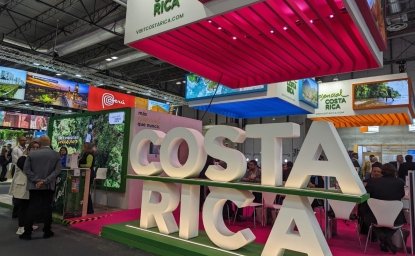
Lessons from Costa Rica’s Economic Transformation

Women and Latin America’s Digital Revolution
